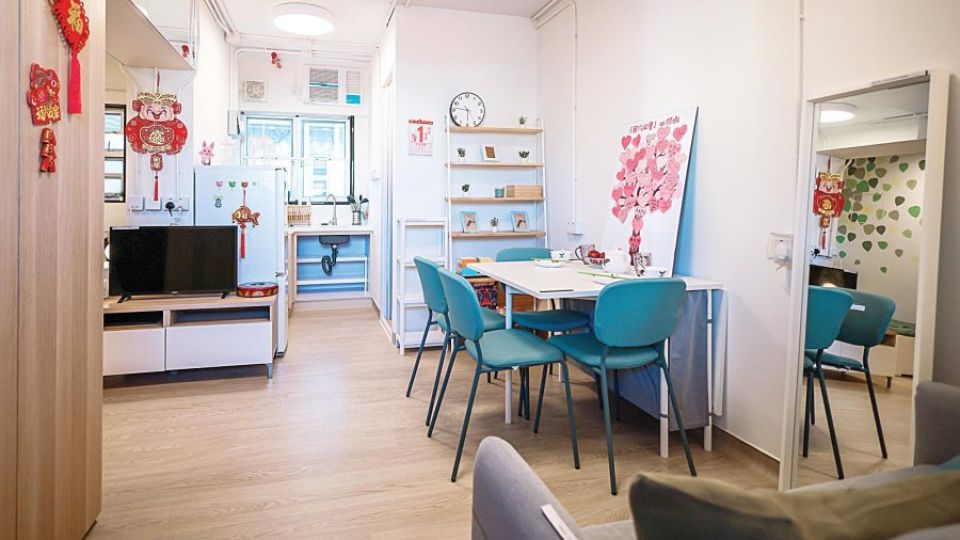April 28, 2023
HONG KONG – Hong Kong residents banking on public housing to get on the property ladder are likely to enjoy a much-needed 18-month cut in waiting time by 2027 as Light Public Housing (LPH) projects and the special administrative region government’s efforts in streamlining procedures will usher a “notable improvement” in housing supply, according to local think tank Our Hong Kong Foundation.
Approximately 360,000 public housing units are projected to be delivered by 2032, surpassing by around 20 percent the target set by the government’s Long Term Housing Strategy, the foundation wrote in its latest 10-year forecast on housing supply published Thursday.
The think tank’s report came as the city doubled down on tackling its deep-seated housing shortage. In his maiden Policy Address last October, Chief Executive John Lee Ka-chiu placed housing problems at the top of the current-term government’s agenda, pledging to let people “have more decent housing”
The waiting time for subsidized rental housing will be cut from 6.1 years to 4.6 years in four years’ time should there be no delays, according to the report.
The think tank’s report came as the city doubled down on tackling its deep-seated housing shortage. In his maiden Policy Address last October, Chief Executive John Lee Ka-chiu placed housing problems at the top of the current-term government’s agenda, pledging to let people “have more decent housing.”
ALSO READ: Ombudsman probes govt work to fight public housing abuse in HK
Among the array of housing policies was the introduction of a new temporary housing program, namely Light Public Housing, with 30,000 units to be built by 2027. The target number is expected to boost the supply of public housing by about 25 percent, filling the gap in housing supply in the short term, according to Lee.
Jason Leung Yeuk-ho, a researcher at Our Hong Kong Foundation, said Light Public Housing is a “quicker solution” for the needy to get on public housing and improve their living conditions as early as possible, dismissing societal concerns over high construction costs.
“It’s to use the money in exchange for time,” Leung said, adding that almost half of the people living in cramped subdivided flats — dwellings built out of existing flats, usually old tenement buildings — are waiting for public housing.
However, Ryan Ip Man-ki, co-head of research and vice-president of Our Hong Kong Foundation, noted that a range of headwinds still requires the government’s “unified efforts across all departments” to address.
READ MORE: City to build 30,000 ‘light units’ in next five years
He said that not until the second five-year period will we see the delivery of two-thirds of the public rental units, 60 percent of which are slated for building in the Northern Metropolis — a planned area of about 300 square kilometers to be developed into a new growth engine for the city.
“The government has to come out with targeted specified measures on improving the resettlement and relocation of existing users on the lands of the New Territories. Because especially, for the public housing part, 50 percent of all the projects with the Northern Metropolis involve rezoning and all of the lands involve relocation,” Ip said.
A strong focus is needed on an infrastructure-led approach, he added. “What we saw in the past was that the first batch of the population that went in was without a lot of transport infrastructure. This has to be avoided in the future.”


